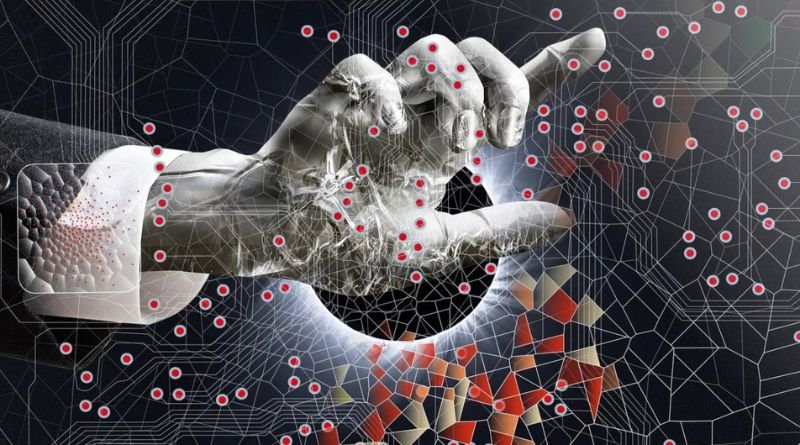Artificial Intelligence (AI) has revolutionized software development, enabling developers to generate code using AI-powered tools like OpenAI’s Codex, GitHub Copilot, and others. While these tools improve productivity, they also introduce challenges related to code quality, reliability, and security. Ensuring that AI-generated code functions correctly requires rigorous testing methodologies. This article explores the challenges of testing AI-generated code and outlines the best practices for maintaining high-quality software.
Challenges of Testing AI-Generated Code
1. Code Quality and Readability
AI-generated code may not always adhere to industry standards for readability and maintainability. The generated code can be syntactically correct but lack proper structure, meaningful variable names, or modular design. Poor readability makes it difficult for developers to debug, refactor, and scale AI-generated code effectively.
2. Logic Errors and Unexpected Behaviors
AI-generated code is trained on vast datasets but lacks contextual understanding. It may introduce logic errors that pass syntax checks but fail functional requirements. The AI may generate code that produces incorrect outputs, leading to potential bugs that are difficult to detect without thorough testing.
3. Security Vulnerabilities
One of the biggest concerns with AI-generated code is security. AI tools can inadvertently generate code with vulnerabilities such as SQL injection, cross-site scripting (XSS), or buffer overflows. Since AI models are trained on existing codebases, they may unknowingly replicate insecure coding patterns, increasing security risks.
4. Code Duplication and Licensing Issues
AI-generated code may inadvertently duplicate open-source code without proper attribution, leading to potential licensing violations. Developers need to ensure that the generated code complies with licensing requirements and does not infringe on intellectual property rights.
5. Difficulty in Debugging and Maintenance
Debugging AI-generated code can be more challenging than human-written code, especially when the AI generates complex or unconventional solutions. Developers may struggle to understand the logic behind AI-generated code, making long-term maintenance difficult.
6. Lack of Context Awareness
AI-generated code lacks full awareness of the project’s scope, dependencies, and architectural constraints. This can result in incomplete or incompatible code that requires significant manual intervention to integrate with existing systems.
Best Practices for Testing AI-Generated Code
1. Implement Automated Testing
Automated testing is essential for validating AI-generated code. Developers should use unit tests, integration tests, and functional tests to ensure correctness. Continuous Integration/Continuous Deployment (CI/CD) pipelines can help automate the testing process and detect errors early.
2. Perform Code Reviews
Human review of AI-generated code is crucial to identify potential issues that automated tests might miss. Senior developers should review the code for readability, logic errors, security vulnerabilities, and adherence to best practices.
3. Use Static Code Analysis Tools
Static code analysis tools like SonarQube, ESLint, or Pylint can help detect security vulnerabilities, code smells, and maintainability issues in AI-generated code. These tools provide insights into code quality and ensure compliance with coding standards.
4. Conduct Security Testing
Given the risk of security vulnerabilities, developers should perform thorough security testing, including:
- Static Application Security Testing (SAST): Analyzes source code for vulnerabilities.
- Dynamic Application Security Testing (DAST): Tests running applications for security flaws.
- Penetration Testing: Simulates cyberattacks to identify exploitable weaknesses.
5. Compare AI Code with Human-Written Code
A useful strategy is to compare AI-generated code with human-written alternatives. This helps developers assess whether the AI solution is optimal, readable, and aligned with project requirements. If AI-generated code is inefficient, it may be better to refine it manually.
6. Train AI Models with High-Quality Data
The quality of AI-generated code depends on the training data. Developers should ensure that AI models are trained on high-quality, well-documented, and secure codebases. Regularly updating AI models with better datasets can improve their output.
7. Limit AI Dependency for Critical Code
For critical software components, relying solely on AI-generated code is risky. Developers should manually verify and refine AI-generated code, especially for security-sensitive applications like financial software, healthcare systems, and authentication mechanisms.
8. Apply Domain-Specific Testing Strategies
Different software applications require different testing approaches. AI-generated code for web applications, embedded systems, or machine learning models should be tested using domain-specific methodologies to ensure robustness.
9. Encourage Documentation and Explanation Generation
AI-generated code often lacks documentation, making it harder to understand. Developers should document AI-generated code thoroughly, explaining its purpose, inputs, outputs, and any potential caveats. Some AI tools can generate explanations along with code, which can aid comprehension.
10. Continuously Monitor and Improve AI Performance
Since AI-generated code is not perfect, continuous monitoring is essential. Developers should collect feedback on AI-generated code quality, track common issues, and refine the AI model or its configurations to improve future outputs.
Conclusion
Testing AI-generated code presents unique challenges, but with the right strategies, developers can ensure its reliability, security, and maintainability. By leveraging automated testing, static analysis tools, human code reviews, and robust security testing, teams can confidently integrate AI-generated code into their software projects. While AI is a powerful tool for accelerating development, human oversight remains crucial to producing high-quality, safe, and efficient code. By following best practices, developers can strike a balance between AI automation and human expertise, leading to better software outcomes
May Also Read: influencergonewild



